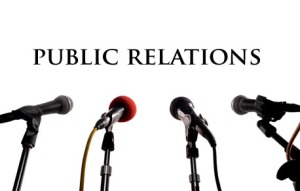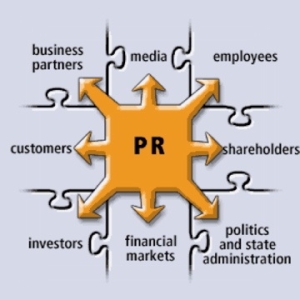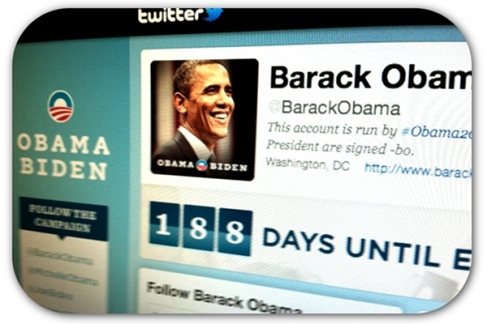
I was reading on Ragan.com that there are 14 crucial things that a PR practitioner should know if they’re trying to get into the PR field. With graduation around the corner, I figured this would be helpful to post.
1. The first and foremost important thing is to be tough. This is kind of common sense. In any field of work, you have to be strong and willing to work hard. In this case, you need to stand behind your client and fight to represent them. Their image is a reflection of your work.
2. You have to be willing to learn. The PR field is forever changing. You’re dealing with the public and public opinion changes within seconds. Always be in tune with your current events.
3. I understand our generation is not very savvy on keeping up on the news, but this is crucial for PR. You NEED to keep up with the times in order to know the public that you’re dealing with.
4. Learn the ins and outs about your client and competitors. You need to know down to the detail how your client makes money, who their audience is, their business plan, etc. (All the questions we’ve covered in class on Wed-Feb 1, 2012).
5. Keep up with technology and social media. These tools are out here to help you. The more you keep up on the trends of what people use and where they go, the better the chances you will have to reach them. Twitter makes it easy to follow people nowadays. Following bloggers, reporters, and other influential people is a must.
6. Have you ever heard the saying,”it’s not what you know, it’s WHO you know”? That really holds true, especially in the PR field. Since this field is all about dealing with people. You need to know how to build business relationships with people and get involved in the community and different organizations. This is a self-investment. Meaning, your company is most likely not going to pay you to do these things.
 (These are all the people you should be talking to)
(These are all the people you should be talking to)
7. Having good communication skills and writing skills is the foundation of this field. You need to know how to convey your message to your clients, the public, and other people that you have to deal with. Knowing how to do thorough research and write a compelling press release is the very basic.
8. Keep up on business trends and analyze how it can impact your client. If you are a curious person, this will be very helpful, because you are always willing to ask questions and find out more information. If you’re not naturally curious, then you need to work harder and always remind yourself to ask questions and find out more information. I believe a good way to help will be to write down a list of basic questions you should always ask and go down the list. If you find more questions, write them down and use that as reference to go back to.
9. Typically new PR practitioners have to put in extra time. After you’ve built up your client base and understand the community around you, then you can work the hours you’re assigned.
10. Think of PR as a career rather than a job. If you’re just looking to work a PR job, then that means you may not advance. If you’re trying to make it a career, then you need to take on tasks and projects that will be valuable to your resume. The bigger companies that you take on and succeed in helping, the better off you will be. It is all about big names.
11. Teamwork is important. PR is not something you can do by yourself. You need to work with others as well as help your teammates up if they can’t get something done, because the end result will reflect on all of you.
12. Know how to calculate your own pay. The money you get paid is based on yourself. Professional service firms such as lawyers, certified public accounts, etc. use a formula to bill their clients. It needs to be three times what the client makes in order for the project to be considered “worth it.” Take into account that firms have overhead, accounting fees, legal fees, payroll, rent, insurance, etc.
13. Find new clients: The more people you know, the better off you will be.
14. Be active with your communication with your clients. This is one of the most important things. Technology makes communicating quicker/easier, but quick and easy isn’t always good. It makes it very impersonal. Use a phone instead of Email to communicate. Meet your client in person to drop off a report rather than just mailing it to them.
In conclusion, this field is all about relationships. The more present you are (physically and mentally), the better the chances are for the firm to forgive mistakes that you’ve made, but also know to avoid costly mistakes and mistakes that will make you invaluable to the firm.
Source: http://ragan.com/Main/Articles/44325.aspx





![24521a-tmb[2]](https://prcampaignsvcu.files.wordpress.com/2012/03/24521a-tmb2.jpg?w=129&h=173)











